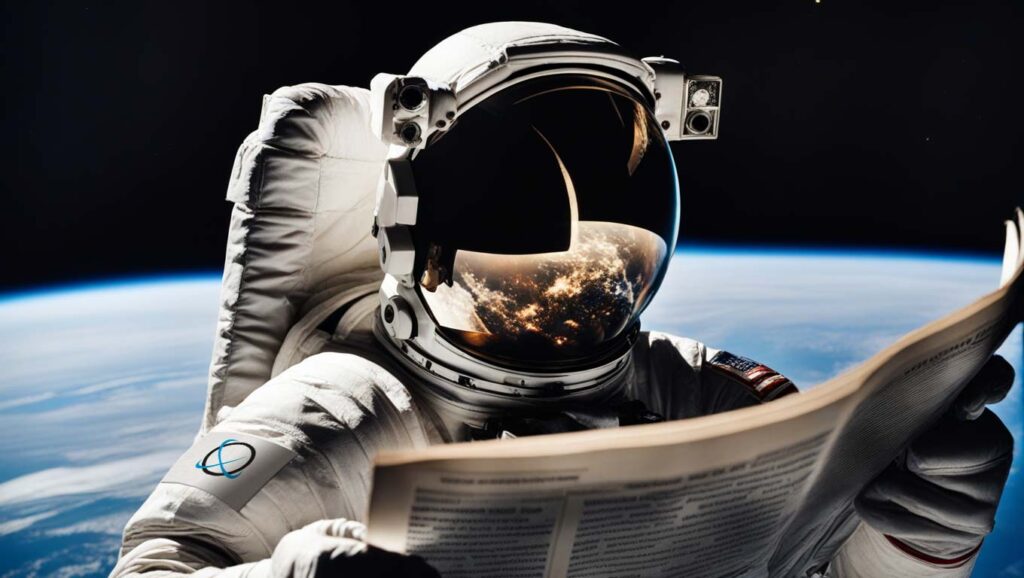SpaceX’s latest venture, the second test flight of its next-generation Starship spacecraft, was an ambitious attempt to push the boundaries of space exploration. This test was a crucial step towards the company’s goal of creating a large, multi-purpose spacecraft capable of missions to the Moon and beyond, including Mars.
One of the significant achievements of this test was the successful execution of a crucial maneuver at a speed of approximately 3.480 mp/h (5.600 km/h) and 45 miles (72 km) in altitude, where the two stages of the rocket system separated. This was a milestone the previous test had failed to achieve. Also, this time all 33 Raptor engines of the Super Heavy booster were running at full thrust.
The Super Heavy booster, which was intended to plunge into the Gulf of Mexico, and the core Starship booster, aimed to reach just shy of orbit before plunging back through Earth’s atmosphere for a splashdown off Hawaii’s coast, managed this separation successfully. However, both stages eventually exploded – the Super Heavy booster over the Gulf of Mexico and the Starship stage later in space
SpaceX, known for its risk-tolerant engineering culture, embraces a strategy of pushing spacecraft to the brink of failure to refine and improve design and performance. This approach is vital for NASA, SpaceX’s primary customer, which depends on the company’s rapid development capabilities for its ambitious lunar missions under the Artemis program.
The success of this test flight is not merely measured by its completion but also by the progress made compared to the previous attempt. SpaceX’s development history, exemplified by the Falcon 9 rocket, underscores the importance of iterative testing and learning from failures.
While the second Starship test did not achieve all its intended goals, the advancements made compared to its predecessor are a testament to SpaceX’s commitment to innovation and space exploration. The lessons learned from this test are invaluable for future missions and bring us closer to the reality of more advanced and reliable space travel, keeping the dream of lunar and Martian expeditions alive.
